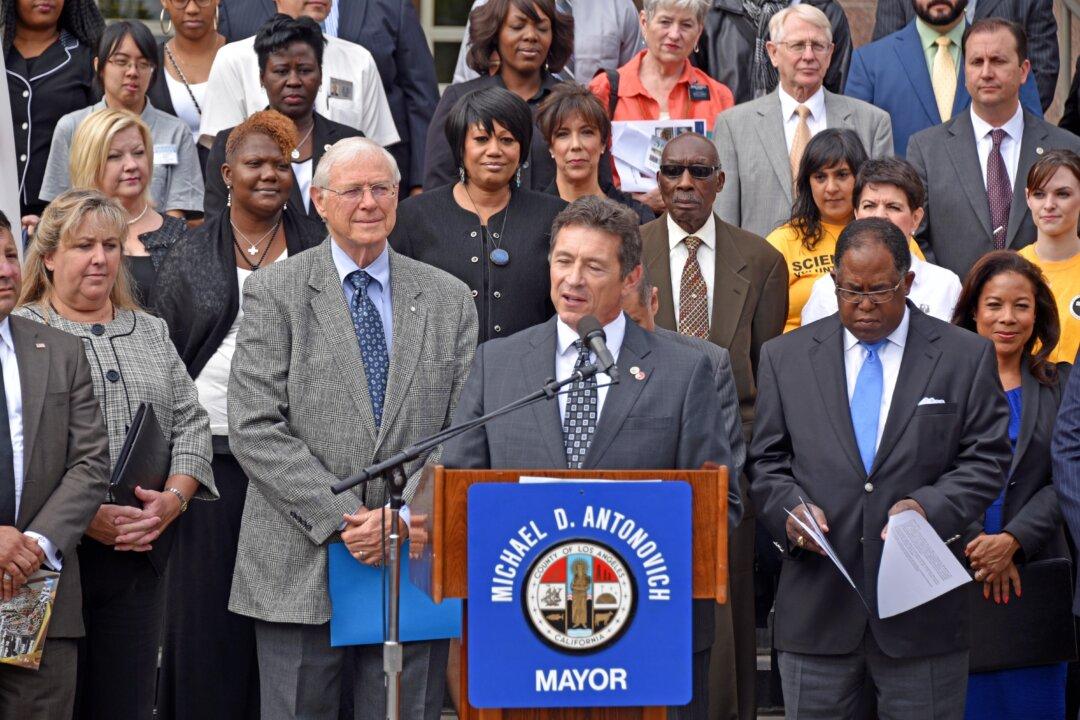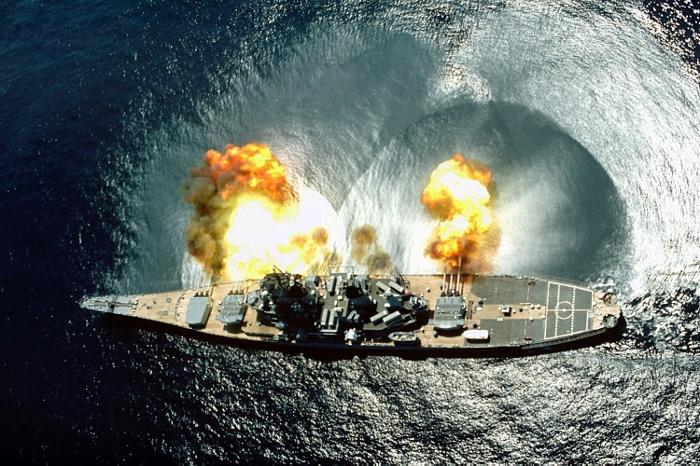ALTADENA, Calif.—CAL Fire held a briefing on Wildfire Prevention and Control at the site of a 1993 Altadena wildfire, on June 20. CAL Fire is the firefighting department for the state of California, which coordinates numerous local government CAL Fire departments as needed.
Several wildfire experts and government officials spoke about the current wildfire expectations and a new homeowner guide to reduce the risk to homebuyers and families caught in a wildfire.
“It hardly seems possible but 21 years ago (1993), Eaton Canyon right behind us was ablaze as flames shot down the canyon and destroyed the original Nature Center and more than 100 homes. Preparing for wildfires is important to preserve our neighborhoods into the future,” said Chris Holden, Assembly member from Pasadena’s District 41.
Preventing Fire Damage to Your Home
“We’ve come a long way since 1993 in understanding how to help homeowners better protect themselves and their homes that border mountain vegetation from wild fires,” said speaker LA County Deputy Fire Chief John Todd.
A new fire preparation action plan for residents called “READY! SET! GO!” and published by the County of Los Angeles Fire Department, will be distributed to cities for their residents living near wildfire risk areas. This guide helps existing homeowners bring their homes up to fire prevention standards, using for the most part, common sense in landscaping, ground cover, building protection, etc.
Simple changes to existing homes can reduce the possibility of a house catching fire. New construction and landscape codes have also incorporated these fire safety design features. Some improvements include having plants with high moisture content immediately around homes and structures, as well as modifying or designing homes to prevent hot embers from lodging into gutters, siding, and eaves. Homeowners may also want to prepare landscaping beyond the property line to reduce foliage fuels to prevent fires from burning closer to homes and structures. And garden hoses should be long enough to reach all areas of the property.
Better Fire-Fighting Equipment
During the 1993 Altadena fire, a C-130 dropped fire retardant ahead of the fire and six helicopters dropped 360 gallons water each flight. Today, unlike 1993, LA County has modern helicopters that can now siphon up to 1,600 gallons of water in 3 minutes and return to fight the fire more effectively, discussed CAL Fire Captain Mike Mohler.
LA County has also mapped various water sources, landing areas, and practiced firefighting with other fire crews to better coordinate efforts to fight fires throughout the county.
That same year, the 1993 Laguna Hills fire burned 17,000 acres (almost 27 square miles), destroying 366 homes in six hours. Grasses and bushes are now controlled by local herds of goats. They have been at work for over 10 years.
Climate Change
There are great concerns about the ongoing extended three-year drought. We keep hearing that “2014 could turn out to be the worst fire season—ever!” said several speakers. One in particular was JPL/NASA Climatologist Bill Patzert.
“Droughts are nothing new to California. Here in California we have a long history of punishing droughts accompanied by fierce fires … 11 of the past 16 years have been drier than normal, the past three years have been dramatically dry … Incendiary!” said Patzert.
Recent Fire Reports
Recent CAL Fire Statistics indicated that California had 101 new fires per week to June 14. However, “The past week saw 206 new fires,” according to a CAL FIRE Report released June 20, indicating a possible growing trend of more fires in the future.
“Only you can prevent forest fires,” said Dr. Patzert.
Dr. Patzert explained how our knowledge of weather and physics can reduce fire hazards. “The physics of everyday meteorology and modifying our behavior can go a long way to lowering the fire danger. Fire danger has wild swings every day,” said Dr. Patzert.
“Basically, fire danger is lowest in the morning and highest in mid-afternoon,” said Patzert. “People working with equipment and other items that can cause a fire should plan around this daily cycle of temperature change.”
He said that Los Angeles heats up from 6 a.m. at 60 degrees to 4 p.m. at 85 degrees F, a 25 degree swing. The Relative Humidity drops from 80 percent at 6 a.m. to 20 percent at 4 p.m., a 60 percent swing. Wind velocity also changes, increasing from 2 mph at 6 a.m. to 10 mph at 3 p.m.
“The bottom line: Our behavior is the most important factor in minimizing wildfires!”
“Ninety-five percent are caused by people!” said Patzert. “Someone flips a lit cigarette out the car window, barbecue left open, or open fires, and especially fire-works are very dangerous!”
Thomas Richards, fire captain and public information officer for the County of Los Angeles Fire Department, has been on the firefighters team for 24 years. He described his equipment and when and how he uses each. Included were various tarps to protect him if he had to dig in if a firestorm is going to pass over him and noted the need to have sufficient water to survive in the heat while fighting fires.
San Diego Fire Pushes California Governor Jerry Brown Into Limelight
The May 14 San Diego wildfire burned at least 26,000 acres. According to news reports, at least 125,000 people had to flee the flames but were able to return later that day. Apparently Camp Pendleton Marine Base north of San Diego faced 20,000 acres of the San Diego wildfire that was eventually controlled by the military.
In a May 18 interview with ABC’s This Week, California Governor Brown said that California has responded to almost twice as many fires as usual this year. He said, “We’re getting ready for the worst,” explaining that the fire control budget could soon be exhausted and significantly impact government spending in the future.



